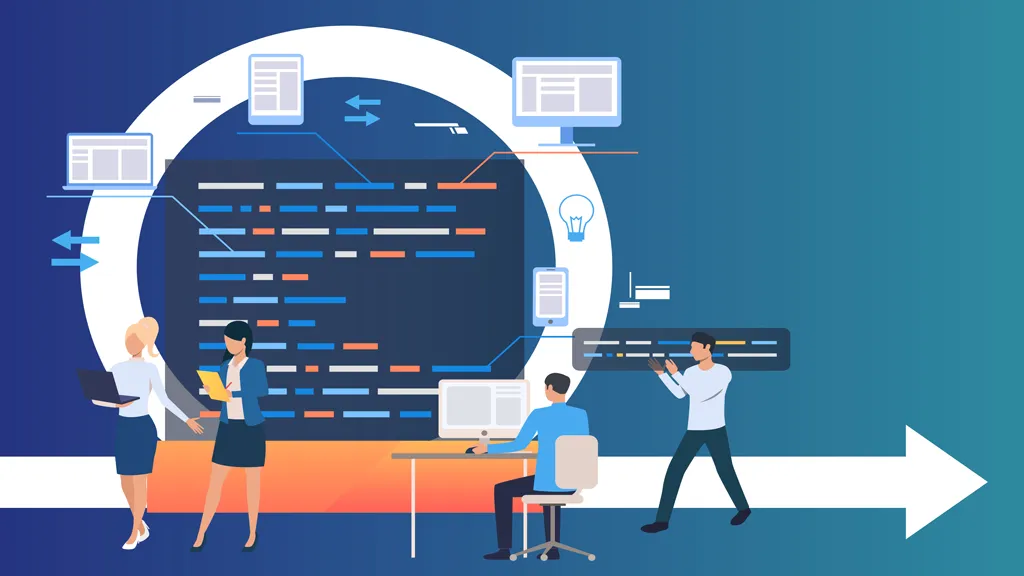The Software Development Life Cycle (SDLC) is a structured approach to software development. It involves a series of steps aimed at producing high-quality software in a cost-effective and timely manner. Understanding the SDLC process is essential for developers, managers, and anyone involved in software development projects.
What is SDLC?
The Software Development Life Cycle (SDLC) is a systematic process that ensures the creation of high-quality software. The SDLC process typically includes several phases, such as planning, design, development, testing, deployment, and maintenance. Each phase plays a vital role in ensuring software meets functional, quality, and performance requirements.
Phases of SDLC
Planning and Requirements Gathering
In this phase, the project team gathers and defines all the requirements for the software. This step is essential because a clear understanding of user needs sets the foundation for successful development. Key activities include:
Requirements analysis
Feasibility study
Project scope definition
System Design
After gathering requirements, the design phase comes into play. Here, software architecture is defined, and detailed specifications are created to meet user requirements.
High-level design (defines architecture, components)
Low-level design (details technical specifications)
Development
In this phase, the actual coding happens. Developers work according to the design documents, creating the application’s core functionality. This is one of the most critical phases of SDLC, as it translates the design into a working product.
Testing
Once the software is developed, it undergoes rigorous testing to identify bugs, errors, and defects. The testing phase includes:
Unit testing
Integration testing
System testing
User acceptance testing (UAT)
Deployment
After successful testing, the software is deployed to production. This phase involves the installation and configuration of the software in the user’s environment.
Maintenance
Once the software is live, the maintenance phase begins. This phase ensures that the software continues to perform as expected by fixing bugs and improving features over time.
Why SDLC is Important
The SDLC process ensures that the software meets both user expectations and business needs. By following a structured process, teams can:
Improve software quality
Reduce development costs and time
Ensure proper risk management
Deliver a more user-friendly final product
Common SDLC Methodologies
There are various SDLC methodologies, including:
Waterfall SDLC: A linear and sequential approach where each phase must be completed before moving to the next.
Agile SDLC: A flexible, iterative process where phases overlap, and feedback loops allow for ongoing improvements.
V-Model SDLC: A variation of Waterfall, where testing is planned in parallel with each development stage.
Conclusion
The SDLC process is crucial for creating high-quality software that meets user needs and performs effectively. By understanding the stages, methodologies, and benefits, software development teams can deliver projects that are both efficient and reliable. Choosing the right SDLC methodology for your project can make all the difference in delivering a successful software product.


2 Responses
Heya i am for the first time here. I found this board and I find It truly helpful & it helped me out a lot. I hope to provide something again and aid others such as you aided me.
Having read this I thought it was very informative. I appreciate you taking the time and effort to put this article together. I once again find myself spending way to much time both reading and commenting. But so what, it was still worth it!